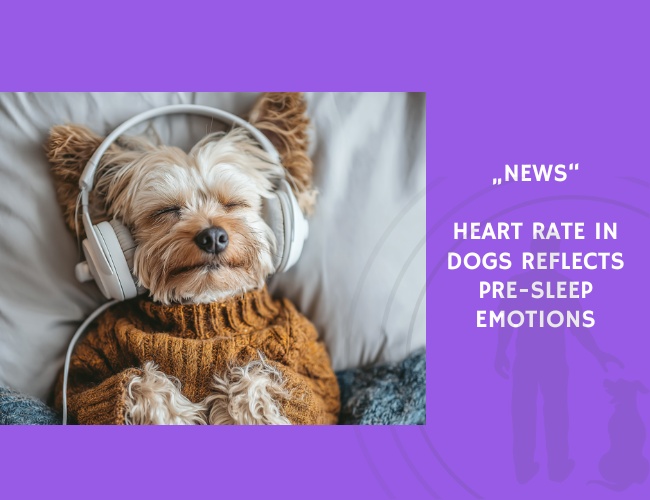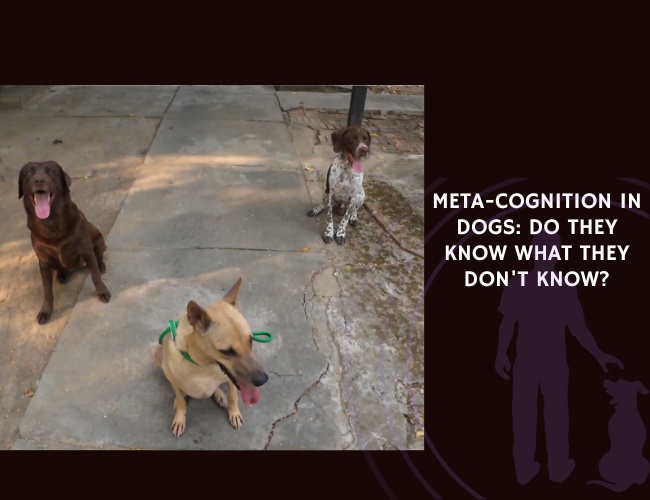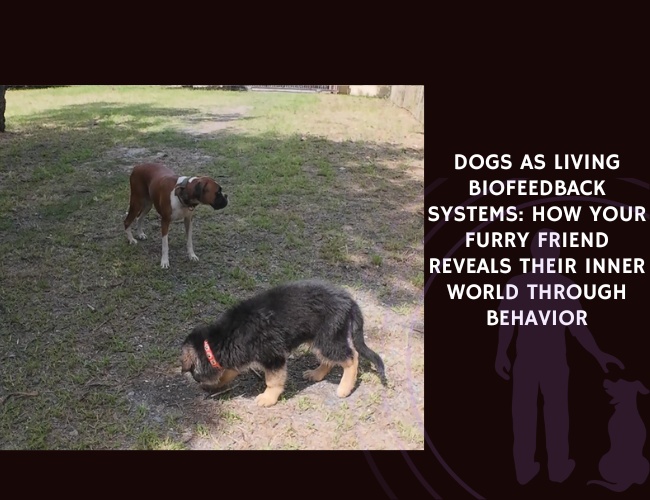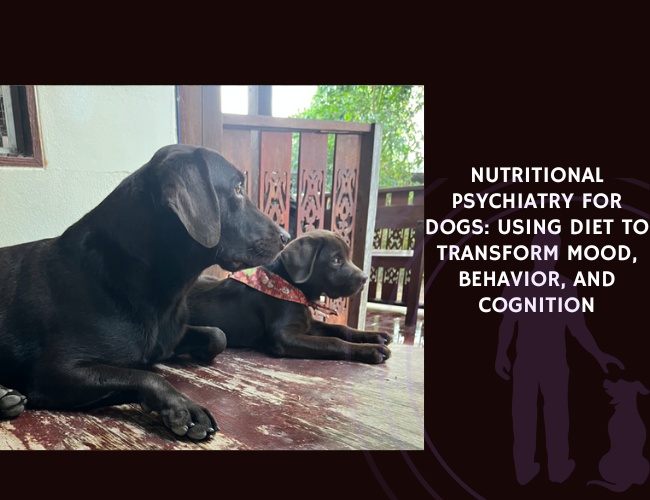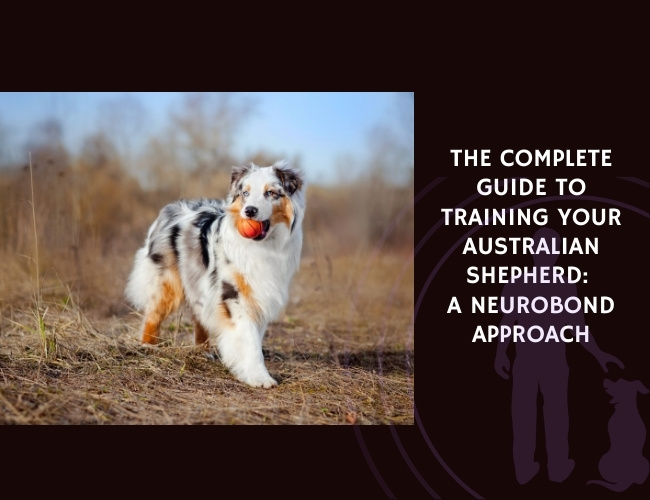Emotions influence not only waking behavior but also physiology during rest. A 2018 study published in Animals examined heart rate (HR) and heart rate variability (HRV) in family dogs during different sleep stages, while also testing how prior emotional experiences shaped these measures.
The research team, led by Borbála Varga, conducted two experiments. In the first, 12 dogs were monitored using electroencephalogram (EEG) and electrocardiogram (ECG) data to characterize HR and HRV across wakefulness, drowsiness, non-REM sleep, and REM sleep. Results showed that wakefulness was associated with higher heart rates and lower variability compared to all sleep stages, while drowsiness had intermediate values. Non-REM and REM sleep did not differ significantly in HR or HRV.
In the second experiment, 16 dogs experienced either a positive social interaction (petting and ball play) or a negative interaction (brief separation, threatening approach, and still-face test) before sleep. Following positive interactions, dogs showed more elevated HR and reduced HRV across most sleep stages, although the differences reached statistical significance only during wakefulness. This pattern was consistent with the two-dimensional emotion hypothesis, which predicts physiological arousal differences between positive and negative experiences.
The findings suggest that HR and HRV are promising tools for studying how emotions influence canine sleep physiology. Importantly, while sleep stages showed some variation, the strongest effects of emotional experiences were evident during wakefulness following interactions. This work opens new avenues for examining the emotional lives of dogs and how social interactions shape both waking and resting states.
Source: Varga, B., Gergely, A., Galambos, Á., & Kis, A., Animals, July 1, 2018. https://doi.org/10.3390/ani8070119

